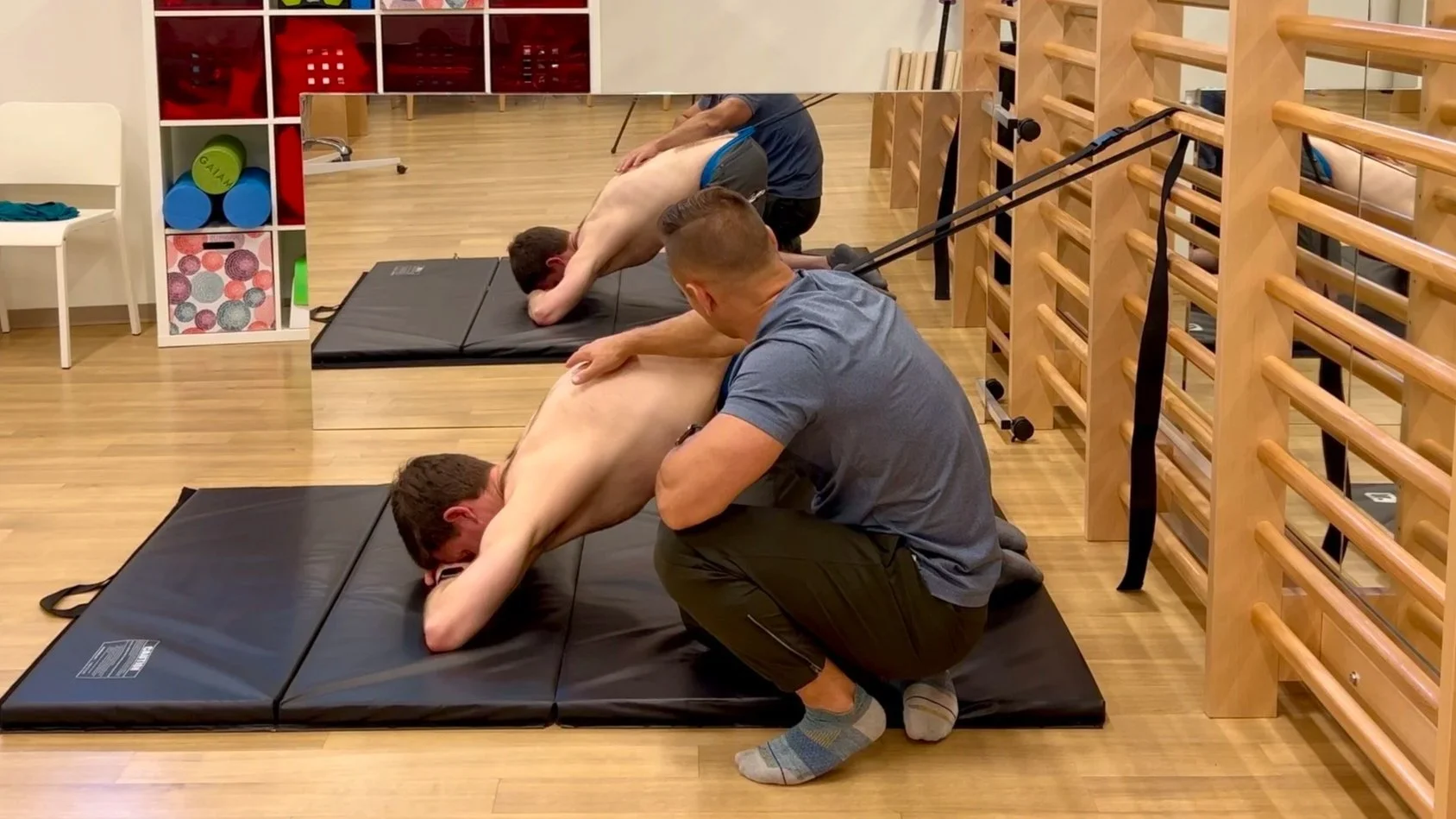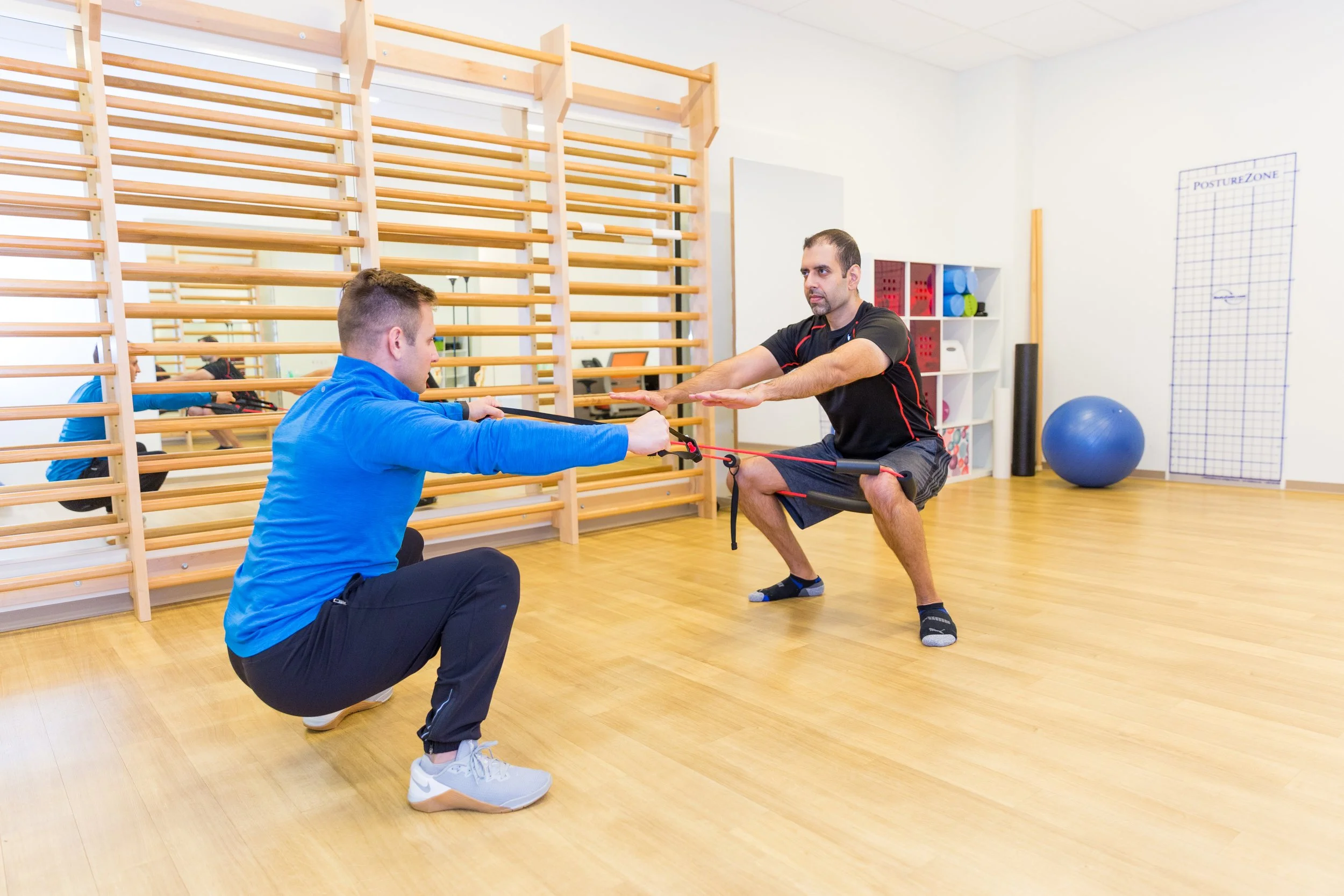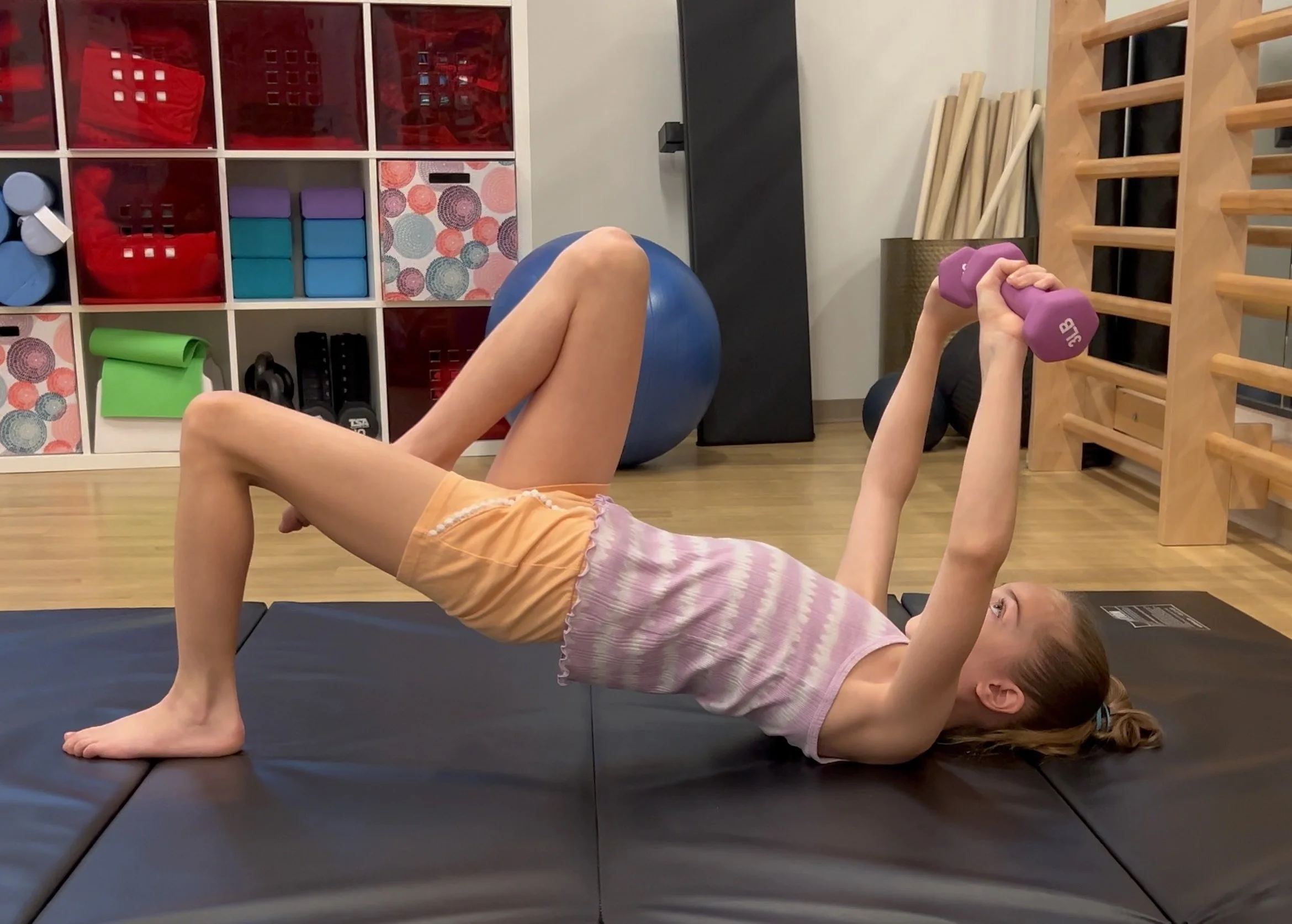
Hyperkyphosis & Scheuermann’s Disease
We understand that spinal conditions extend beyond scoliosis. Two of the most common posture-related concerns we see are hyperkyphosis and Scheuermann’s disease. Both conditions can affect spinal alignment, breathing, mobility, confidence, and overall quality of life if left unaddressed. Our treatment approach focuses on restoring balance, building stability, and improving posture through evidence-based corrective exercise tailored to each individual’s needs.
What is Hyperkyphosis?
Hyperkyphosis is an excessive forward rounding of the upper back. While some degree of curvature in the thoracic spine is normal, an exaggerated kyphosis can lead to:
Difficulty standing tall or sitting upright for long periods
Breathing restrictions from a compressed chest cavity
Muscle fatigue and pain in the upper and mid-back
Self-consciousness or reduced confidence due to posture
What is Scheuermann’s Disease?
Scheuermann’s disease is a structural condition that typically develops during adolescence, when the vertebrae grow unevenly and become wedge-shaped. This creates a rigid, more pronounced kyphosis. Unlike postural rounding, Scheuermann’s disease does not improve with simple stretching and requires a targeted, corrective approach.
How It Relates to Scoliosis
Hyperkyphosis and Scheuermann’s disease can occur on their own, but many patients also present with scoliosis. When these conditions overlap, the result is greater spinal instability, mobility restrictions, and increased demands on postural support. Effective treatment must address all curve patterns together to restore balance and harmony across the entire spine.
Our Approach at Schroth DC
We combine Schroth Method principles with corrective strategies tailored to kyphotic curves, focusing on:
Extension Strengthening: Building the back extensors to support upright posture
Postural Awareness & Alignment: Training patients to recognize and correct spinal position
Breathing Techniques: Using rotational breathing to expand the chest, reduce compression, and improve lung function
Targeted Flexibility: Stretching shortened muscles (such as hip flexors or chest) while protecting areas that are already overstretched
Functional Integration: Applying corrections to daily activities, sports, and strength training
Why Specialized Care Matters
Hyperkyphosis and Scheuermann’s disease require more than generic posture exercises or stretching. At Schroth DC, we design individualized programs that address both the structural and functional components of the spine, helping patients move with strength, breathe with ease, and carry themselves with confidence.
Ask about additional treatments:
-
Description text goes hereSoft and Deep Tissue Mobilization. Hands-on techniques intended to release tightness, trigger points, and restrictions in the muscles and fascia. This technique can be useful in addressing tight musculature and other soft tissues around the curvature resulting in improved mobility of the curve.
-
A thorough assessment helps us identify whether shortened muscles are contributing to your condition. While we often provide assisted stretching and teach safe home stretches, hypermobility requires a different approach. Even when patients feel “tight,” their muscles are usually already overstretched. In these cases, building stability and control rather than more stretching is key to reducing discomfort and supporting long-term alignment.
-
The body can become deconditioned for a variety of reasons: due to pain, surgery, sedentary lifestyle, and even wearing a brace. The importance of core, hip, and back strength can not be understated for those with scoliosis or spinal diagnoses, especially those who are considering bracing, are currently braced, or who have been braced in the past.
-
In contrast to exercise performed purely for fitness, therapeutic exercise isolates a particular muscle group that is weak or dysfunctional. These will be implemented to complement the Schroth Method.
-
Stiffness in the joints can be addressed by applying graded pressure to the joint surface
-
Utilizing small, thin needles to both activate dormant muscle tissue as well as release hypertonic muscles. This can be a great tool to reduce both acute and chronic pain, as well as improve mobility
80 minute evaluation: $330
50 minute follow-up: $235
Have questions? READ FAQs
Need to talk with us? CONTACT US



